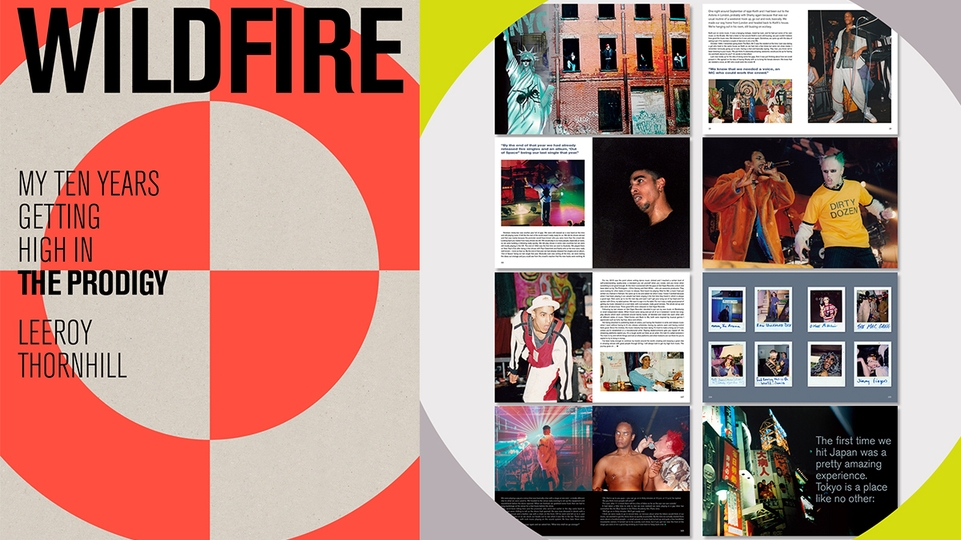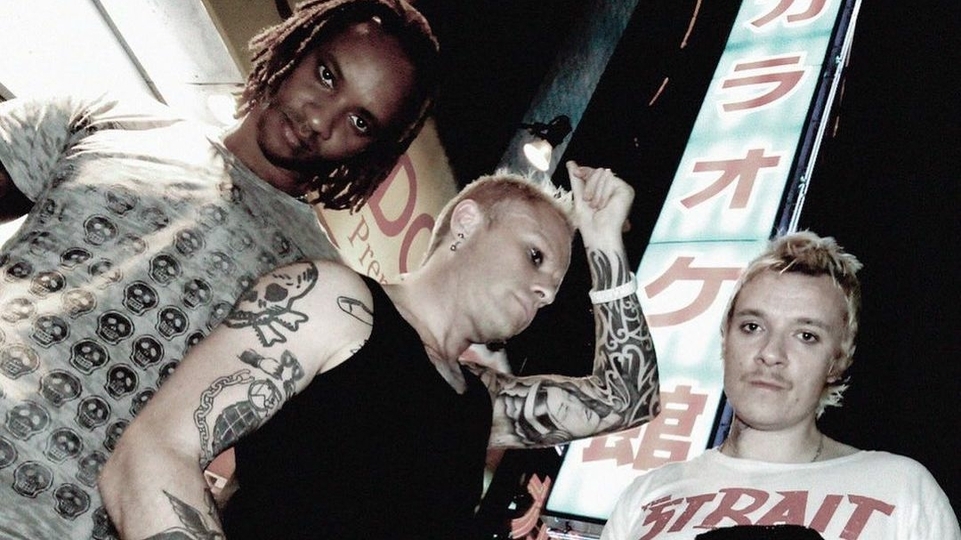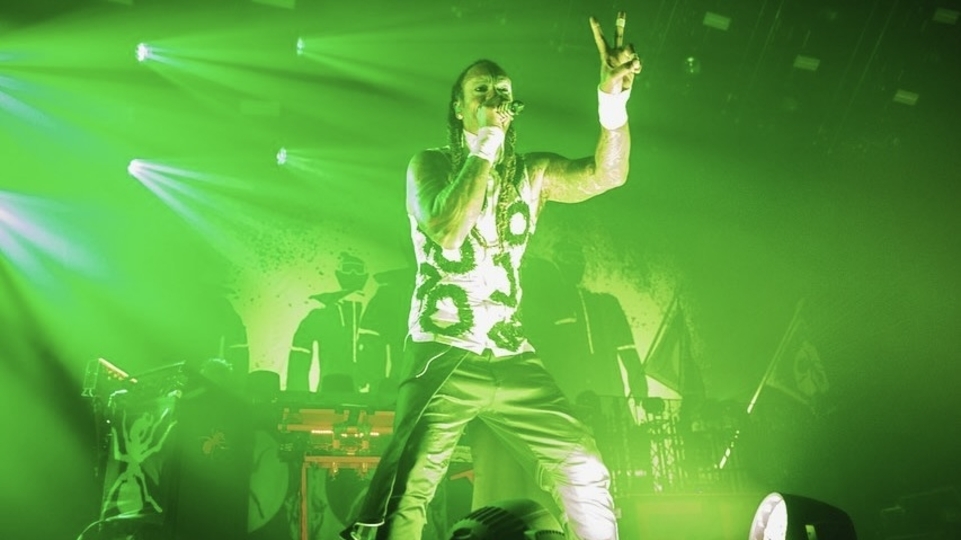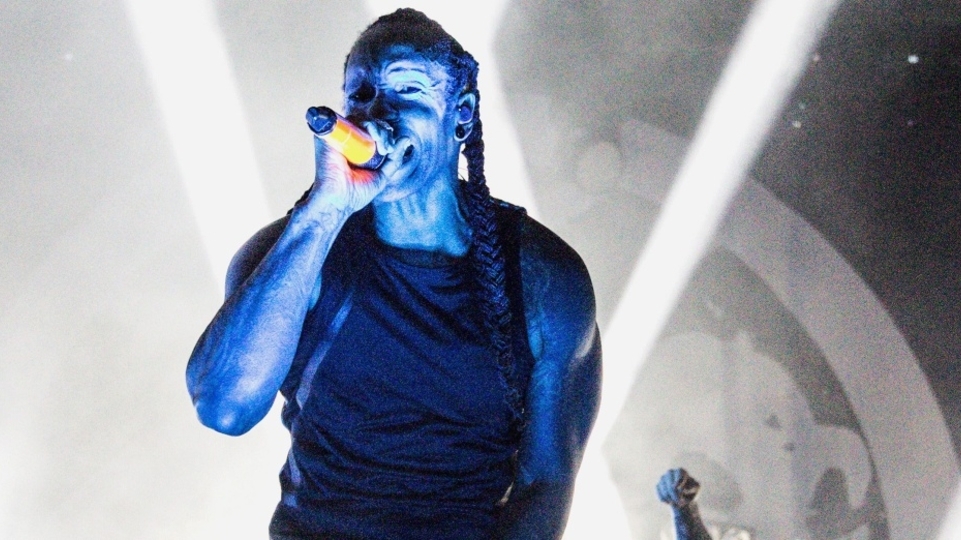
How The Prodigy’s ‘Music For The Jilted Generation' turned rave outsiders into defiant festival headliners
Released on 4th July 1994, The Prodigy's second album reintroduced the Braintree outfit as a defiant voice against authority. Whether you interpret it as a rallying call against the anti-rave Criminal Justice Bill, or against issues within the rave scene itself, ‘Music For The Jilted Generation’ set the group on their own iconoclastic path, and made festival headliners out of them in the process
This article was originally published in September 2018.
The rope bridge spans a wide ravine that fades into darkness as it drops. On one side, under skies choked by smoke being belched from distant factories, is an army of police. Pouring out of a riot van onto dry rocky land they're assembling behind a wall of shields, one officer waving his baton with violent intent. This menace is directed toward an idyllic scene that's separated only by the vast gulf between them. Here, sunlight fills the sky nurturing an expanse of green grass. In the distance, speaker stacks tower above a huge gathering of people. A lone figure stands in the foreground. At the beginning of the bridge is a long-haired raver wearing army boots, cut-off jeans and a black t-shirt. The middle finger of one hand is held up in defiance. The other holds a machete, moments away from severing the ropes that hold the only crossing.
In a time before digital downloads, when album artwork went further than just the front cover, this was the inlay that greeted those who bought The Prodigy's 'Music For The Jilted Generation'. Released on 4th July 1994, this was a year when huge protests took place against Section 63 of the Criminal Justice Act — a piece of legislation that gave police extra powers to break-up raves, and which first proscribed a genre of music — dance music, “wholly or predominantly categorised by the emission of a succession of repetitive beats” — in law.
One march ended with a giant free party in Trafalgar Square, another with violent clashes between the police and protestors around Hyde Park. Officials accused demonstrators of instigating the violence, but one of the protestors' lone political defenders at the time called police tactics "ill-conceived" after they charged at people who were attempting to leave, seriously injuring many, including children. Against this tense political backdrop, the album's artwork felt like a bold statement — a literal “fuck you” to the forces of law and order who were happy to perpetrate criminality for their own ends.

Speaking with Clash around the album's 20th anniversary in 2014, Liam Howlett, the master sampler and musician behind The Prodigy, made it clear that the infamous inner sleeve art was chosen well before the Criminal Justice Bill was passed – a pure coincidence. Nonetheless, ‘Music For The Jilted Generation' resonated with the defiant energy of the time. More importantly though, it signalled a belligerent change of tone for the group, who refused to be boxed into any one scene. Where 1992's 'Experience' had been built from soaring rave pianos and the sampling of a cartoon cat, this album opens with the eerie sound of a typewriter, a new script literally being written. A voice declares: “I've decided to take my work back underground, to stop it falling into the wrong hands.”
Opening track 'Break & Enter' hammers this point home with a whirl of metallic breakbeats and smashing glass: unrest is ingrained in the song's DNA; its repeating rave whoops sound pained when once they were ecstatic. Then comes a vocal sample from Baby D's classic 'Casanova', its refrain – “Bring you down to earth” – signalling a flurry of dark bleeps and synth lines that encapsulate both anger and grief, and a determination to push forward regardless.
Even if the album's mood wasn't intentionally reflective of the events surrounding the Criminal Justice Bill, the pertinence is hard to shake. Equally though, you can hear Howlett and co. reacting to issues that were arising in the rave scene itself at the time, and their resolve to rebel and plough their own furrow. "I remember standing on stage in Scotland, at a rave, and it just felt silly,” Howlett told Clash. “I was like: ‘What the fuck am I doing here? I’m not into this. It’s now so far from what it was’. That made me want to do something different.” It’s a sentiment echoed by many in the club scene today.
The instantly recognisable hook in the album’s second track – “Fuck them and their law” – could as easily be interpreted as targeting the changing conventions of the rave scene as the authorities shutting it down. Born from Howlett’s defiance of expectation, the group teamed up with Brummie grebo rockers Pop Will Eat Itself to create a cut filled with grungy guitar lines and feedback, its acerbic, aggy energy coiling at less than 120 BPM. It's about as far away from 'Experience' as it’s possible to go while still sounding like The Prodigy. This uncoupling from the euphoric sonics of hardcore from which they’d emerged — keeping the breaks but adding a darker, gritter edge — also fuelled another iconic album track, 'Voodoo People'.
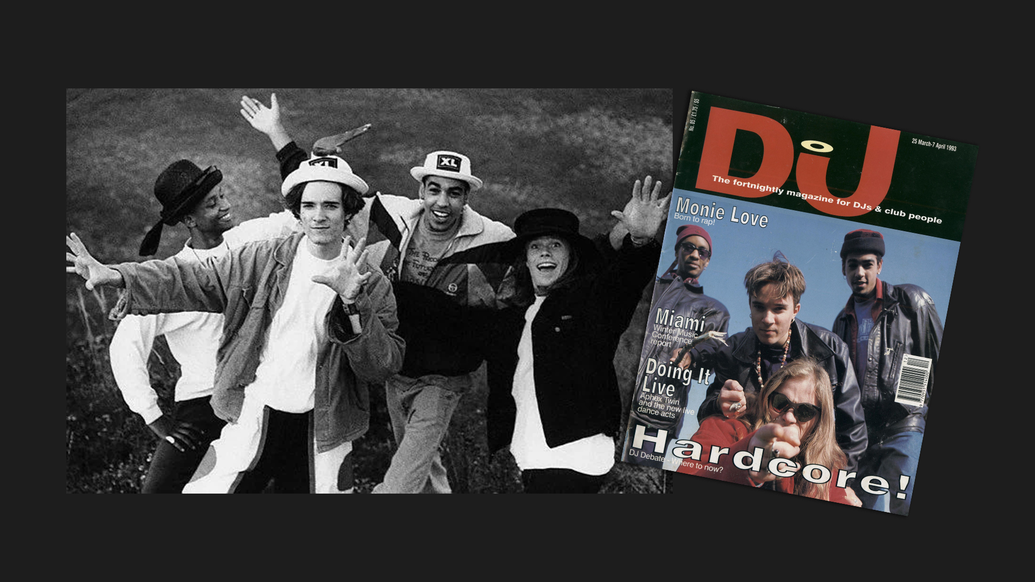
A reverence for live bands like Rage Against The Machine helped steer The Prodigy from their status as rave outliers to become festival headliners, culminating in an iconic set at Glastonbury in 1994, right after the release of ‘Music For The Jilted Generation’. It's a metamorphosis that happens before your eyes in the video to 'Poison', the album's final single, a slow, acidic cut built around various funk breaks. In it, a bare-chested Maxim Reality is recast as the group's lead singer with Howlett playing drums, while Keith Flint further develops the erratic dancing style that would eventually become his signature. Next to this, Leeroy Thornhill, the band's long-limbed proto-shuffler who left in 2000, starts to look oddly out of place in his baggy rave garb.
The album's first single 'One Love' was originally released as an anonymous white label called 'Earthbound 1' — a chance for The Prodigy to test out that track's uplifting organ stabs and chants without their name attached. Its success proved they could still write a vintage rave anthem if they wanted to, but by the time they followed it up with 'No Good (Start the Dance)', the album's top five charting hit, their need for underground approval was all but dead. Its sampling of Kelly Charles' lyrics – “You're no good for me, I don't need nobody” – might as well have been written by Howlett. It’s the sound of a genius producer shrugging off his past, and a band pulling up the drawbridge and, for better or worse (the less said about 'Baby's Got A Temper' the better), taking their own iconoclastic path. The video even features Howlett walking through an underground party, picking up a hammer in a back room to smash through a plaster wall. The barriers holding them back are a flimsy illusion — now they are free.
If there was a jilted generation in 1994, then there's another for whom this album still rings true today. Thanks to ever-tightening licensing laws and draconian legislation, councils are doing their best to shut down nightlife once again. The inevitable result is more free parties. After years of corporatisation in clubbing, it's also finally getting its political bite back. Conversations about racism, sexism, homophobia and more have opened up not just political dialogue but also musical dialogue, with everything from EBM and industrial techno to jungle and gabber coming to the fore. For many, The Prodigy's marauding energy and no rules mindset were a gateway into this. With the world going to shit, it's time to restart the dance.





